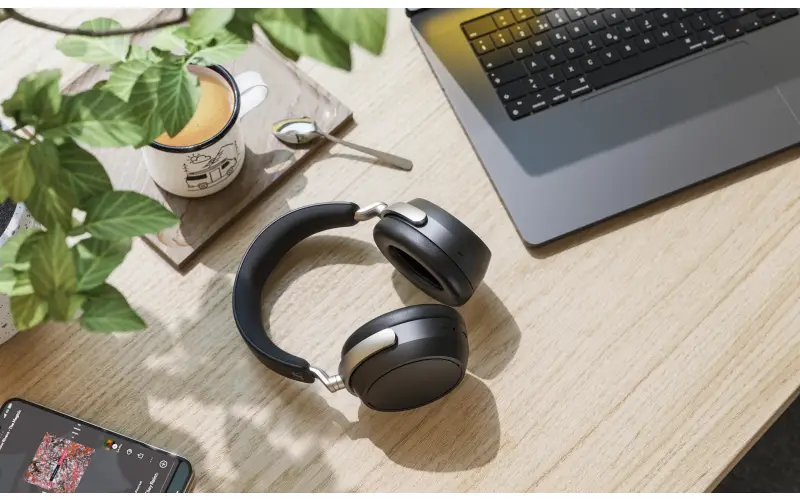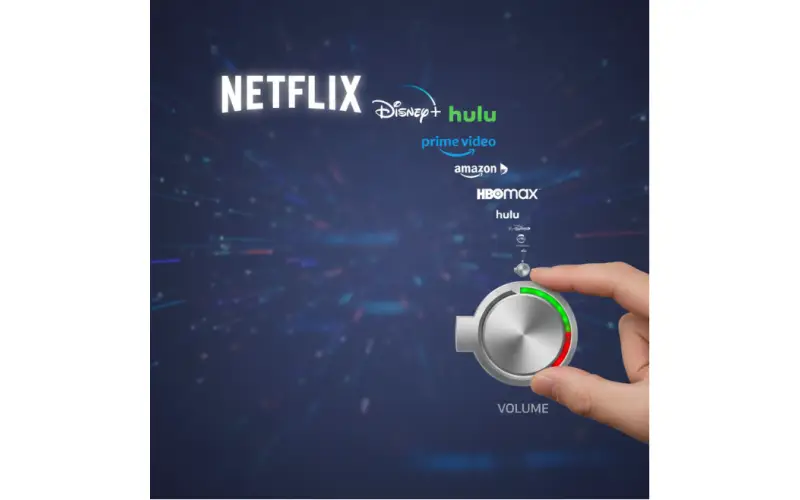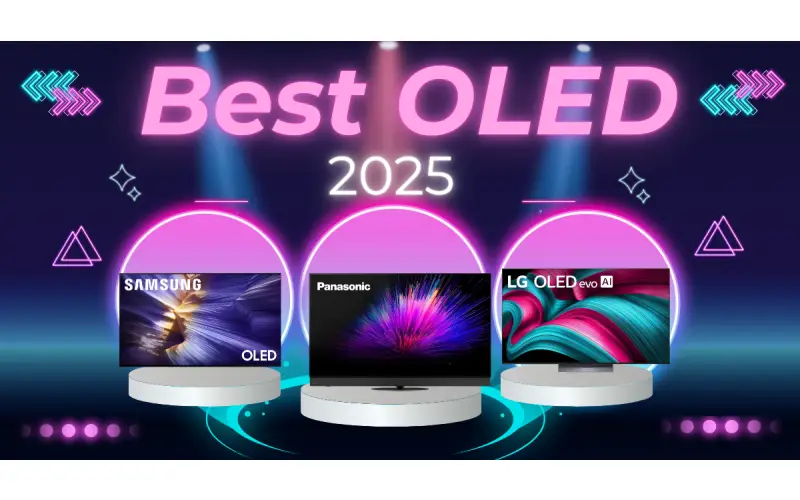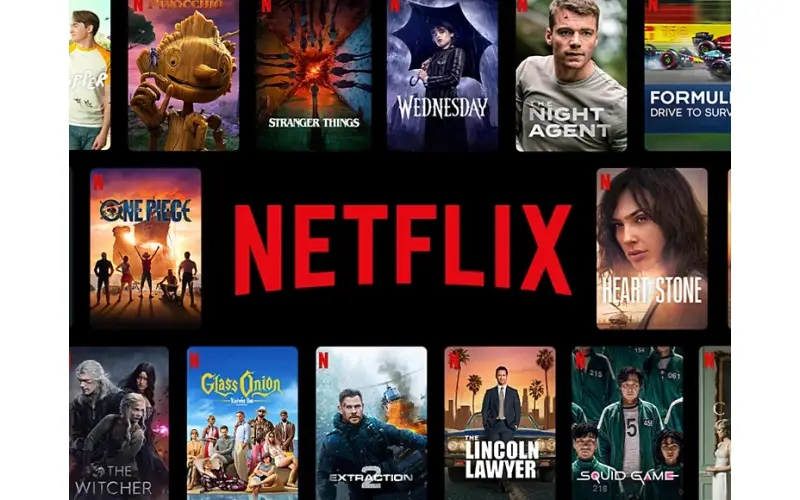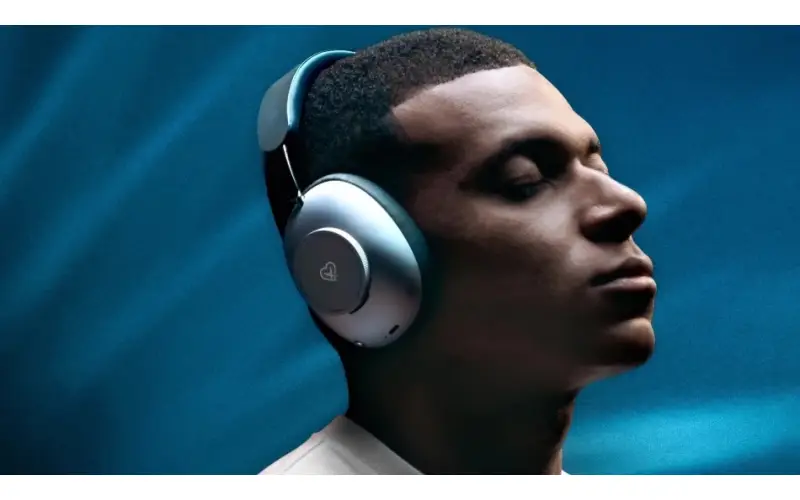By: Dipin Sehdev
In the ever-expanding universe of music streaming, a new contender has entered the arena—and it’s coming in hot with a pitch aimed squarely at audiophiles who demand nothing less than the highest fidelity. Meet Pure Audio Streaming, a platform promising the “world’s first lossless and immersive” music streaming service. Think 7.1.4 surround sound, uncompressed 192kHz stereo, and binaural audio delivered without compromise. If you’ve ever thought Tidal or Qobuz wasn’t going far enough, this might be the service you’ve been waiting for.
But here’s the catch: while Pure Audio Streaming sounds like a dream for discerning ears, it’s not even pretending to go after Spotify, Apple Music, or Amazon Music’s massive, mainstream audiences. It’s chasing a niche—a passionate, gear-loving, detail-obsessed niche. And that raises a critical question: can it survive, or even thrive, in that limited space? More importantly, can it peel off enough subscribers from Tidal, Qobuz, or Deezer to carve out a viable business?
Let’s dig into what Pure Audio Streaming offers, what makes it different, and why it might just be the most exciting—and impractical—streaming launch of the year.
Lossless, Immersive, and Ambitious
Pure Audio Streaming isn’t about convenience or casual listening. This isn’t a service for Bluetooth earbuds and morning commutes. This is about staying home, wiring up your AV receiver, calibrating your 7.1.4 speaker setup, and sinking into the kind of sonic detail you’d usually associate with high-end Blu-ray audio or physical formats.
Two subscription tiers will be offered:
-
Stereo Plan: Includes high-res stereo up to 192kHz PCM and binaural audio at 48kHz PCM using Auro 3D’s tech stack.
-
Immersive Plan: Adds PCM 5.1 and 7.1.4 surround sound at up to 96kHz, again leveraging the Auro-3D ecosystem.
You’ll need an Nvidia Shield Pro, a compatible AV receiver (Auro 3D support recommended), a robust HDMI connection, and an extremely stable network. This is not “plug and play.” It’s plug, calibrate, optimize, and maybe read the manual.
And yet—for the right user—this is exhilarating.
It’s Not Just Another App
Stefan Bock, founder of Germany’s MSM Studios and the man behind the Pure Audio Blu-ray format, is steering this ship. His reputation among audiophiles isn’t in question. What he’s offering with Pure Audio Streaming is essentially a digital translation of the Pure Audio Blu-ray experience—one that no longer requires a disc.
More than 300 recordings will be available at launch, including audiophile favorites like 2L’s Grammy-winning “LUX.” These aren’t mass-market chart-toppers. They’re reference tracks meant to showcase spatial staging, dynamic range, and acoustic purity.
If the idea of losslessly streaming 7.1.4-channel music over HDMI into your AVR doesn’t make you giddy, this service probably isn’t for you.
Artist Connection: The Power Behind the Curtain
Rather than reinventing the backend, Pure Audio Streaming is built atop Artist Connection, a B2B platform created by StreamSoft Inc. This system supports high-res audio, 4K video, and real-time analytics. It’s already in use by venues, content creators, and manufacturers.
This white-label foundation allows Pure Audio Streaming to bypass much of the infrastructure work that Apple, Amazon, or even Tidal had to invest in. It’s a smart move: Artist Connection supports PCM multichannel, spatial audio, and even offers AC Connect (a kind of Tidal Connect equivalent for local device handoff).
That means Pure Audio Streaming can focus on content, playback optimization, and user experience—critical for appealing to serious audio enthusiasts.
Not a Mass-Market Play—and That’s the Point
Let’s be clear: this is not a Spotify competitor. It’s not even an Apple Music or Amazon Music competitor. Those platforms thrive on massive catalogs, deep integrations with voice assistants, smart speakers, social sharing, and frictionless access. Pure Audio Streaming is more like a private concert hall with velvet rope access.
And it’s priced accordingly. The early adopter program starts at $300 for a year, or $500 if you want an Nvidia Shield Pro thrown in. You’ll also need to sign an NDA, provide feedback, and help shape the platform's future. It’s more beta program than full consumer launch.
That’s not cheap—but for some users, it’s absolutely worth it.
Can It Take Market Share from Qobuz, Tidal, or Deezer?
Now we’re getting to the real debate. While Spotify has yet to deliver on its long-promised HiFi tier, Qobuz, Tidal, and Deezer have been catering to the high-res crowd for years. Qobuz, in particular, has a strong following among classical, jazz, and acoustic listeners, and Tidal remains popular with fans of hip-hop and R&B who want more than just compressed audio.
What sets Pure Audio Streaming apart is its dedication to uncompressed immersive formats—something those other services only dabble in, and always with some form of compression (hello, Dolby Digital Plus).
But here's the rub: most listeners don't have 5.1 or 7.1.4 speaker systems in their homes. Many audiophiles are still stereo purists, preferring a high-end two-channel setup with DACs, amps, and expensive cables. That limits the size of the addressable audience even further.
Yet if any streaming service can own this tiny but passionate space, it might be Pure Audio Streaming.

